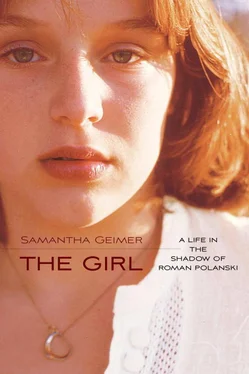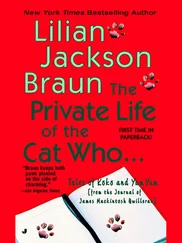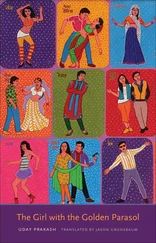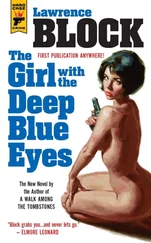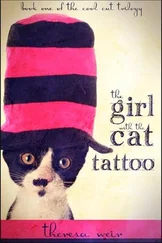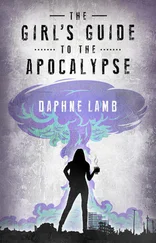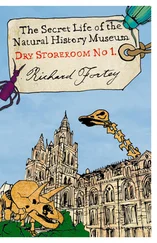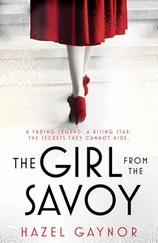As spring gave way to summer, Larry got a call from Roger Gunson advising him that certain news organizations had petitioned Judge Rittenband to release the grand jury testimony, and that the district attorney would not oppose that request. He didn’t expect that Defense Attorney Dalton would oppose it, either, and heard that Rittenband had already decided to grant the motion to release the transcripts of the grand jury testimony.
The grand jury testimony they were particularly interested in was mine, my mother’s, and my sister Kim’s. It discussed the events of that evening in graphic detail, events that thus far had not reached the public eye or the eyes of any of my friends, classmates, or teachers. It seemed that all the parties had an interest in trying this case in the court of public opinion. All the parties but me.
The judge and the district attorney’s office were touched by politics, and there was a benefit to them in being cooperative and cozy with the media. They, and particularly Judge Rittenband, were not immune to enjoying being the center of attention, and the release of the transcripts would only heighten anticipation and awareness of the upcoming trial. The defense would get the damaging allegations out earlier and could start trying the case in the media, campaigning to destroy my credibility by innuendo and lies without being challenged by the rules of legal practice. The most damaging portion of the grand jury testimony was that it would identify me by name and provide public access to my home address. The release of that information would be a disaster for my family’s privacy, and it wouldn’t exactly work wonders for my mental state either. Nobody likes the sense that people are whispering about them behind their back, the sense—or the certainty—in my case that I’d arrive somewhere and everyone would say, “That’s the one. You know what happened to her ?” Teenagers are self-conscious for no reason whatsoever. Imagine having one really, really big reason. I had never felt so hideously singled out—and so alone.
It was clear we had to do everything we could to oppose the release of the grand jury testimony. DA Roger Gunson told Larry it would be an uphill battle because of Rittenband’s coziness with the press.
It seems shocking now, but in 1977 there was no precedent in California—or in any of the fifty states—for protecting the privacy of a victim who had testified before a grand jury. Larry did research, research, and more research and could find no such case. Nothing. This was a huge problem. It seemed so obvious to us that the transcripts shouldn’t be released, but astonishingly the law wasn’t on our side. It’s not like Larry could go before the court and argue, “Your Honor, trust me—I know I’m right.” Unable to find a legal precedent, Larry looked for an analogy—a much weaker authority, but at least something to take to the court. His question/argument became: “If the state of California doesn’t do anything to protect the identity of victims, what efforts do they ever make to protect the identity of anyone?” This was not just “out-of-the-box” thinking; it was miles away from the box.
What my clever attorney found turned yet another concept on its ear. California protects juvenile crime perpetrators’ identities from public disclosure. The theory (a good one, I believe) is that if we label a juvenile as a criminal publicly, the chances of his reformation or rehabilitation are substantially reduced, so by protecting that privacy, both the youthful offender and society may benefit.
It was a little far-fetched, so Larry thought the argument might be more moving if he presented it orally rather than putting it before the court in writing. We knew that Judge Rittenband had already made his decision before Larry had even entered the courtroom. We had this one chance—a long shot—to change his mind. Larry was confident in our position but uncertain about the outcome. Judge Rittenband was sensitive to public opinion, so Larry’s message was going to be “If you rule against my thirteen-year-old client, people may think less of you.”
As Judge Rittenband started to announce his decision, Larry interrupted and said, “May it please the court, I represent the victim in this case and I would like to address the court on the issue of the release of the grand jury testimony.” He then made a detailed argument that there were statutes that protected criminal perpetrators from public disclosure, including testimony or reports about their criminal behavior. He provided citations. He argued that had the victim in this case been the accused criminal, the policy of the state of California would be to protect her privacy and not to permit disclosure of her name and identity.
“Is it the policy of the state of California,” Larry argued, “that we would provide greater protection of privacy to a juvenile criminal as compared to a juvenile victim? Does it make any sense for this court to release the name of a juvenile victim when this court would be precluded by the policy of the state of California and its statutes from releasing the name of a juvenile charged with the same crime?”
Judge Rittenband sat motionless for what seemed like an hour to Larry, but was probably only a couple of minutes. Then he spoke. “It is the policy of this state to protect the identity of criminal perpetrators if they are juveniles. It would make no sense to release the identity of a child who was a victim. Consequently, the motion for the release of the grand jury testimony is denied, and it will not be released pending further order of the court.”
It would be nice to think the judge was persuaded by the morality of Larry’s points, but I believe he was measuring the public reaction and possible criticism for “outing” me. It didn’t really matter. I was happy, and my identity would continue to be protected. For the moment.
• • •
In that awful spring leading up to ninth grade graduation, I was intent on getting a boyfriend—and I got one. Sort of. Ron was one of the wilder boys in school; he was a partier who rode dirt bikes and hunted rattlesnakes in the hills. I was a little afraid of him, which made him all the more alluring. And even though Ron and I didn’t last very long—there were a few weeks of endless kissing and getting caught by Nana before I got scared and called it quits—we are friends to this day. (He is, in fact,one of my children’s godfathers.)
The pressure from the press continued to heat up. Despite the best efforts of everyone around me, most grown-ups in my neighborhood eventually learned that I was The Girl in the Polanski case. (The newspapers had identified a girl in Woodland Hills, and before March 10 I’d told a few people I was modeling for Roman Polanski. It wasn’t hard to fit the pieces of the puzzle together.) Kids weren’t really paying attention—but then a camera crew showed up at school. You know that recurring dream we all have where we forget to put on our clothes, and go out in public naked? This felt like walking around school naked.
Adults were often more judgmental than kids. I remember the day things went south between me and my friend Terri. It was toward the end of ninth grade and, as was often the case, she and I were hanging around my house. My uncle Bruce, an amateur photographer, was showing some of the footage he’d taken of the Holi with Guru Maharaj Ji. At some point, Terri’s very conservative Catholic father showed up in our driveway—just in time to see a houseful of hippies heading out to their cars. He smelled incense and thought it was pot. He and my mother argued loudly. He said something about me being a slut and that Terri couldn’t come to my house anymore. He took Terri by the arm and put her in the car. I was furious with my mom for fighting with him, and she was furious that he—a neighbor—was acting this way.
Читать дальше
